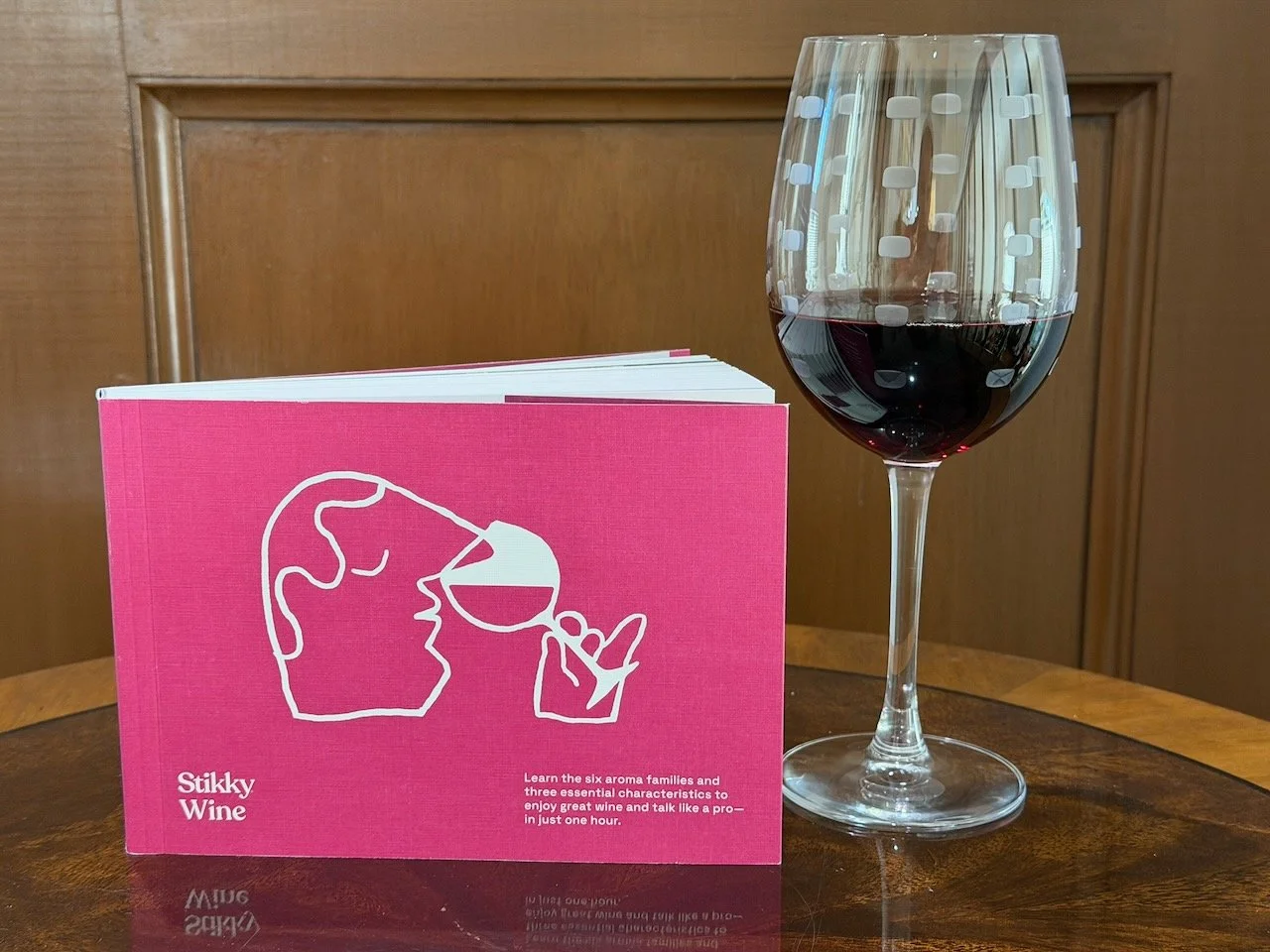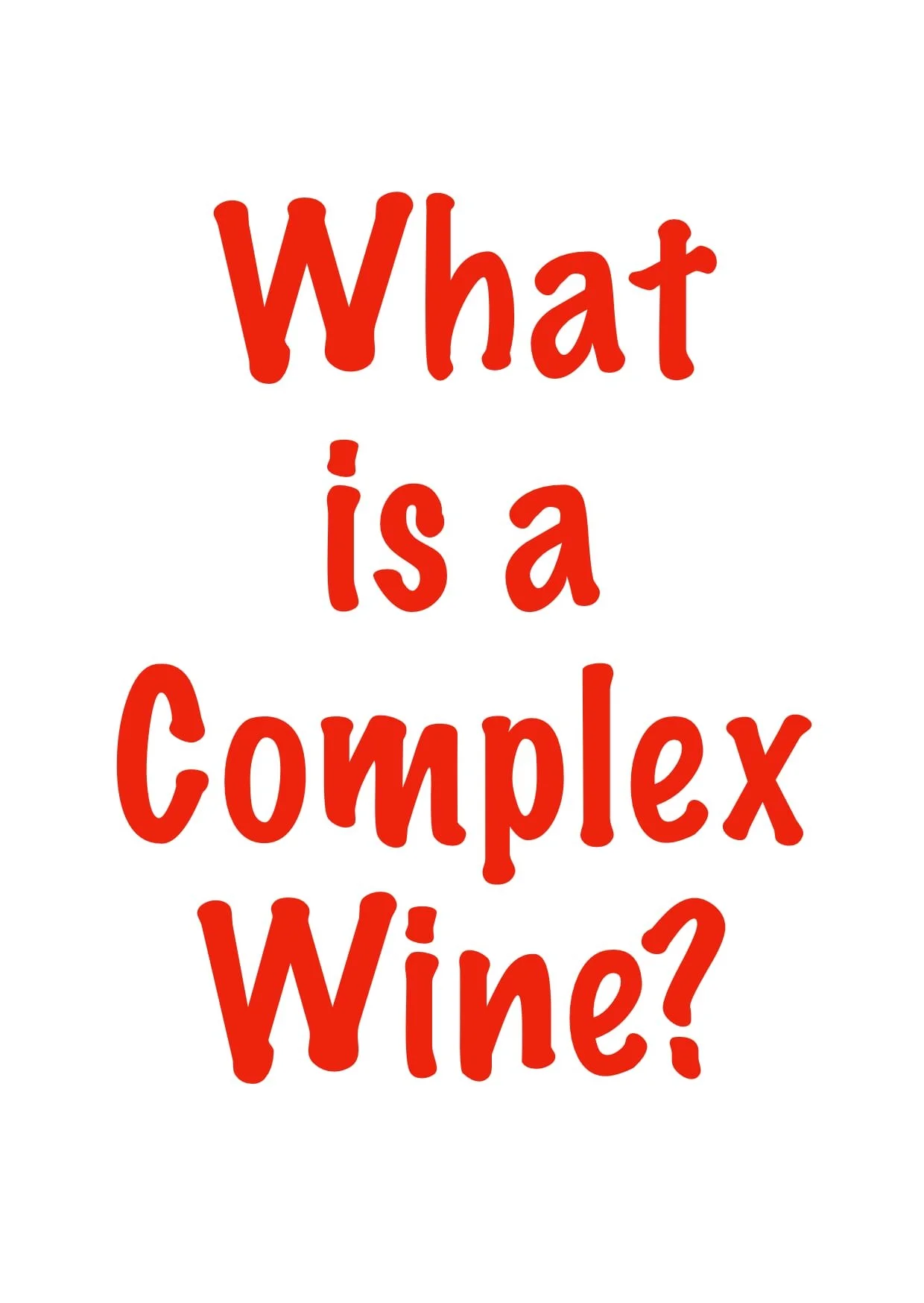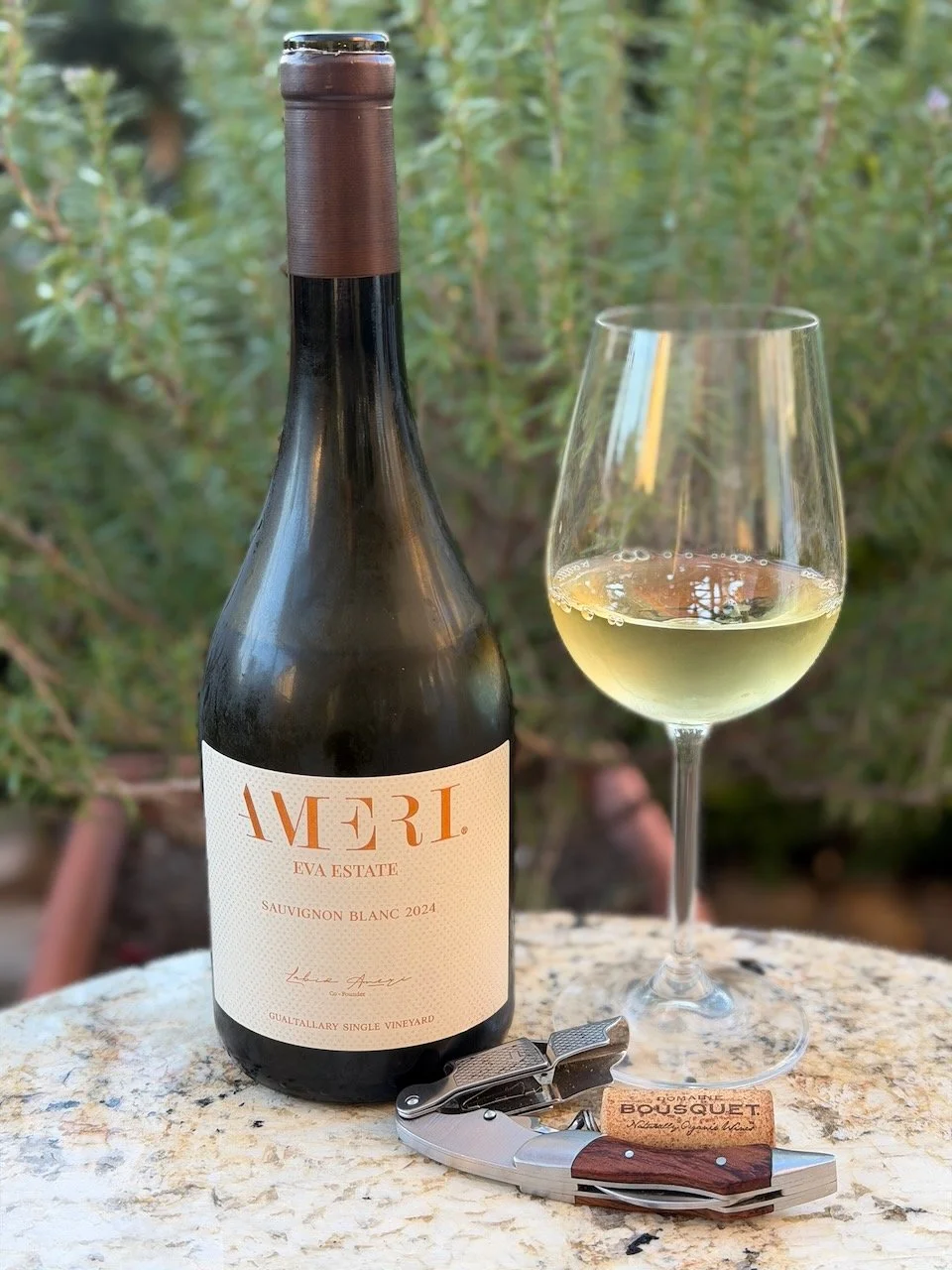Stikky Wine ($12)
Looking for a good, beginner’s-level, easy to read book to learn about wine? Stikky Wine is a great place to start.
The book does not rely on taking notes or memorization. It clearly states “Read the three sections…stop after each section and practice in the real world…promise yourself that you will try to answer each question in the text. Keep these promises, and what you learn will stick.” Hence the name, Stikky Wine.
The sections are a quick-read with information on how wine is made, grape types, easily identifiable aromas and flavor and common red and white wines. No technical jargon, just simple, easy to understand facts about wines. And, some quick checks along the way to check your understanding.
Stikky Wine is a breeze to read and brings together the essential wine knowledge in straightforward, easy-to-grasp language, all enhanced by beautiful illustrations. It’s a fantastic guide for anyone new to the world of wine. Cheers!
Stikky Wine is available on-line, visit https://stikky.com/collections/books. Provided by Book Publicity Services Inc.






